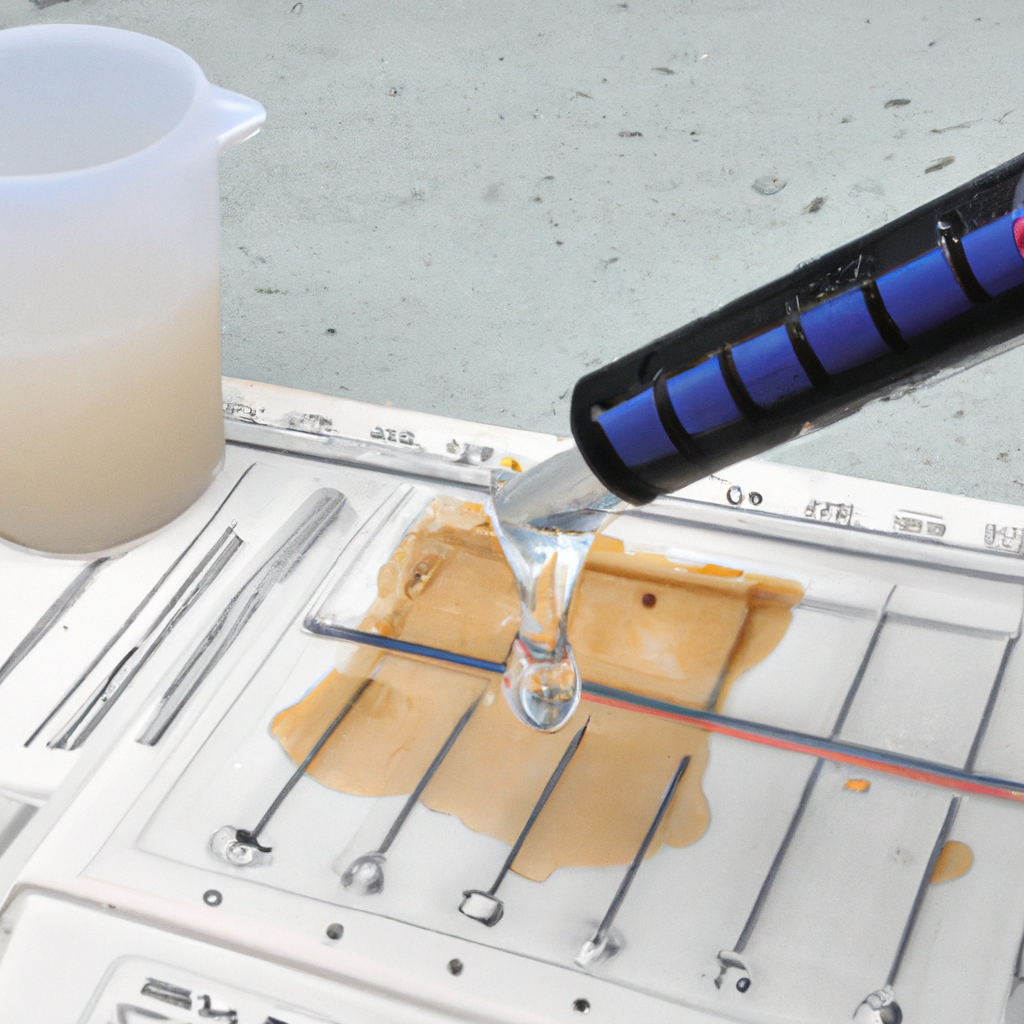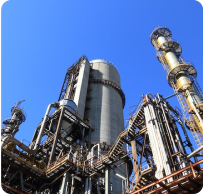
Introduction to Liquid Penetrant Testing
$ 288
Training details
This is an in-person course with a scheduled start date and location.
This course format is where training will be conducted in person at specific location. Date and time are not decided yet but it will be planned within next 2 weeks after you enroll & pay for this course?. Get in touch with our team if any clarification is required.
Why people choose EveryEng
Industry-aligned courses, expert training, hands-on learning, recognized certifications, and job opportunities—all in a flexible and supportive environment.
- Industry Veteran
- Trainer Review
❮
❯


























